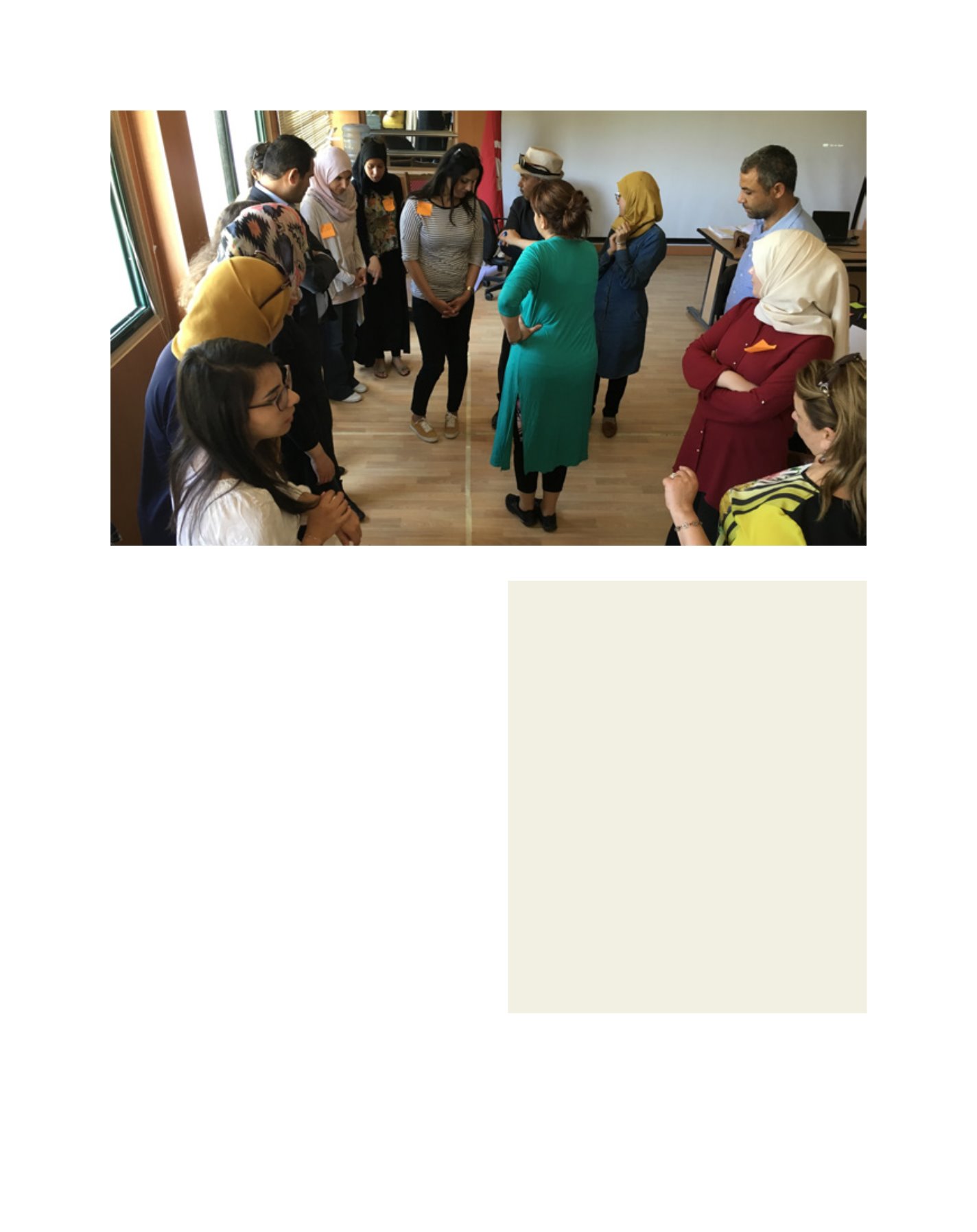

[
] 110
A B
et ter
W
or ld
local networks in order to carry out the participatory plan-
ning approach at local level in 35 communities throughout
the Rwenzori region. About 600 participants were involved.
46% were women, 38% were men and 17% were children. The
vast majority were farmers and pastoralists.
4
How do we integrate citizens’ contributions?
Compared to technical reports, the results of participa-
tory processes are often disparaged. Many decision-makers
consider that citizens do not have sufficient expertise to
make acceptable proposals. For collecting hydrological data,
citizens may not be the most relevant stakeholders, but they
are the best placed to provide other types of information
such as water uses and perceived constraints and incentives
for behavioural change.
Citizens do not act according to the scientific overview, but
based on their representation of this reality. The coupling
of technical and social approaches is therefore critical to
understand socio-environmental systems. Too many projects
have been diverted from their original objectives by a lack
of understanding and integration of local expectations and
stakeholder representation.
Conclusion
The SDG target 6.B framework provides a great opportunity to
build participation practices for water and sanitation manage-
ment. The selected indicator for target 6.B rules and procedures
is an indispensable requirement for promoting public partici-
pation. But the effectiveness of participation will not depend so
much on the existence of these rules as on their implementa-
tion. In order for citizens to have a positive influence on water
management, their contributions must be tangible.
The fulfilment of this fundamental condition enhances
confidence between citizens and decision-makers. It supports
a common and peaceful vision for water management. It
creates ownership and responsibilities. This condition is a
key driver in the success of the sustainable development goal
on water and sanitation.
Facilitating the integration of citizens’ contribution
The integration of citizens’ contribution can be facilitated by:
Raising awareness of administration units
The Programme for Territorial Adaptation to Climate Change (PACT)
coordinated by the Ministry of Agriculture, Water resources and
Fisheries in Tunisia aims to rally citizens in the rural territories to
draw up, implement and evaluate an integrated natural resources
management plan on the scale of their territory. Before launching
the participatory activities locally, a training campaign was initiated
for the agents of the ministry on public participation to highlight its
purpose and experiment with a new facilitation method.
Limiting the decision-makers’ influence
For the Afromaison project, Ethiopia, the participatory process
was implemented in parallel between a group of decision-makers
and a group of farmers. This aimed partly at compensating power
differences among participants and at fostering regional decision-
makers to adopt an open posture favourable to stakeholder
engagement.
Bringing expertise
The involvement of experts at specific moments in the participatory
process is another way of strengthening its content and legitimacy.
These interactions ease citizens’ understanding, stimulate the
emergence of innovative solutions and confront proposals with a
broader complexity.
Social justice exercise with Tunisian officials in the Programme for Territorial Adaptation to Climate Change
Image: J. Burte
















